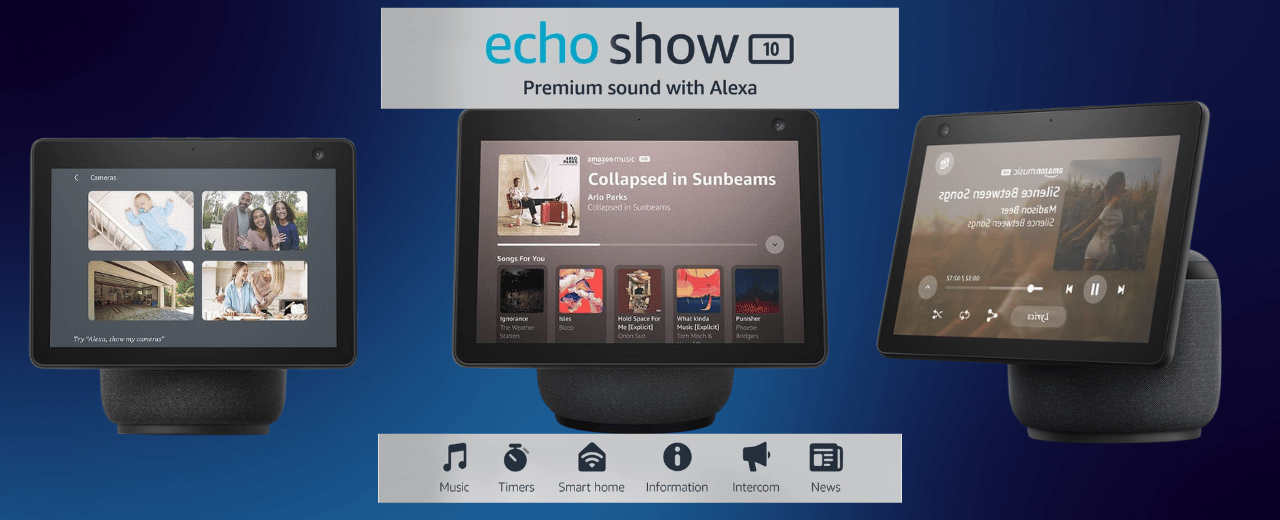Wearable technology has evolved rapidly over the past decade, transitioning from simple fitness trackers to sophisticated health monitors, smartwatches, and even smart clothing. As we move further into 2024, the wearable tech landscape is poised for significant advancements. This article explores the key trends shaping the future of wearable technology and what consumers can expect in the coming years.
1. Advanced Health Monitoring Health monitoring remains a cornerstone of wearable tech. While fitness tracking has been a staple for years, 2024 is seeing a shift towards more advanced health monitoring capabilities. Wearables are now equipped with sensors that can track a wide range of health metrics, including blood oxygen levels, ECG readings, sleep patterns, and stress levels.
- AI and Predictive Health: AI-powered wearables are becoming more adept at predicting potential health issues before they arise. By analyzing user data, these devices can alert users to irregularities, such as arrhythmias or early signs of respiratory issues, prompting timely medical intervention.
- Chronic Disease Management: Wearables are also playing a critical role in managing chronic conditions like diabetes and hypertension. Continuous glucose monitors (CGMs) and blood pressure monitors are now more accessible, providing real-time data to both users and healthcare providers.
2. The Rise of Smart Rings and Wearable Sensors While smartwatches and fitness bands dominate the market, new wearable formats are emerging. Smart rings, for example, are gaining popularity due to their discreet design and powerful features.
- Smart Rings: These compact devices can track a variety of metrics, including heart rate, sleep quality, and activity levels. The Amazfit Helio Ring is a prime example, offering health tracking and even the ability to control smart home devices.
- Wearable Sensors: Beyond wrist-based wearables, skin patches and adhesive sensors are making their way into the market. These devices can monitor vital signs continuously without the need for bulky equipment, offering a more comfortable experience for users.
3. Integration with Augmented Reality (AR) Augmented reality is another frontier that wearable tech is beginning to explore. While AR glasses have been in development for years, 2024 is seeing more practical applications and improved designs.
- AR Glasses: Companies like Apple and Meta are developing AR glasses that promise to enhance daily tasks, from navigation and communication to gaming and entertainment. These devices will offer hands-free interaction with digital content, blending the virtual and physical worlds seamlessly.
- Wearable AR Devices: Beyond glasses, AR is being integrated into other wearables, such as helmets for industrial use or even contact lenses. These innovations are expected to revolutionize industries like healthcare, manufacturing, and logistics by providing real-time data overlays and enhancing productivity.
4. The Impact of 5G on Wearables The rollout of 5G networks is significantly impacting wearable technology, enabling faster data transfer and more reliable connections.
- Real-Time Data and Communication: 5G allows wearables to transmit data in real time, making it easier for devices to communicate with each other and with cloud services. This is particularly important for health monitoring devices, where timely data can be critical.
- Enhanced Streaming and Connectivity: Wearables will benefit from 5G’s low latency, supporting smoother streaming of music, video, and even augmented reality experiences directly on the device. This opens up new possibilities for entertainment and gaming on the go.
5. Sustainability and Eco-Friendly Wearables As consumers become more environmentally conscious, the demand for sustainable tech is growing. Wearable tech companies are responding by developing eco-friendly devices made from recycled materials and incorporating energy-efficient technologies.
- Recyclable Materials: Some wearables are now being produced using biodegradable or recyclable materials, reducing their environmental footprint. This trend is expected to grow as more companies prioritize sustainability.
- Energy Efficiency: Advances in battery technology are also making wearables more energy-efficient, with some devices capable of solar charging or utilizing low-power chips to extend battery life.
Conclusion The wearable tech industry is on the cusp of a new era, driven by advancements in health monitoring, AR integration, 5G connectivity, and sustainability. As these technologies continue to evolve, wearables will become even more integral to our daily lives, offering unprecedented levels of convenience, personalization, and health insights. For consumers and tech enthusiasts alike, 2024 is shaping up to be an exciting year for wearable technology.
Affiliate Link Explore the latest in wearable tech on Amazon here.








